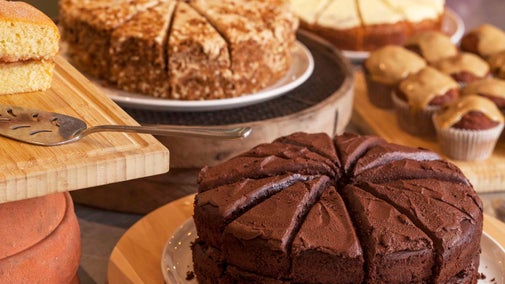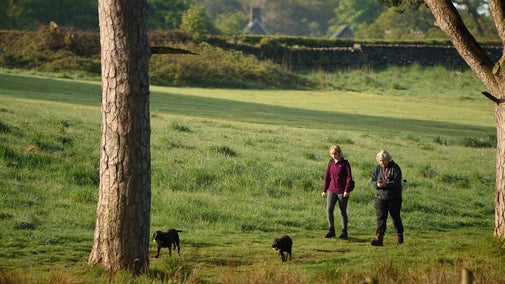Creating flower meadows and open vistas
Back in 2009, a proportion of Fell Foot’s rhododendron plants were diagnosed with an incurable fungal disease called Phytophthora ramorum and had to be removed by law. The remaining bushes were unstable due to their size and shallow roots, and the decision was made to remove them and create new wildflower meadows throughout the park.
35 different wild flowers
Today’s meadow has been created using a seed mix of 35 annual and perennial wildflower species, including poppies, cornflowers and oxeye daisies. The annuals appear in the first year after sowing, providing a ‘nurse’ crop to the perennial flowers which will grow and flower the second year and each year thereafter.
Using a wool based turf
The perennial meadow mix by the Active Base was installed by garden staff and volunteers in 2018/19. This pre-prepared mix was sown into a compostable wool based turf, so it arrived all prepared and was very easy to lay. It produced an instant effect and contains plants such as verbascum, viper's bugloss, rose campion and yarrow cultivars.
Nectar supply
As well as adding bursts of colour to Fell Foot, the wildflowers provide a good-quality, long-lasting nectar supply for insects in spring and summer, which encourages bats and birds to live here. Removing the rhododendrons also opens the original view across the park of the lake and the Fairfield Horseshoe.
Healthy soil
These new plants also improve Fell Foot’s soil health. Rhododendrons change the soil chemistry, reducing the number of insects that live in the ground and the presence of healthy fungus. Healthier soil also means better drainage, which will reduce waterlogging on the lawn over the winter months.
The garden team plan to change the flowers year on year as they know some plants will thrive in the Cumbrian weather, while others may not. The end result will be a meadow unique to the special conditions at Fell Foot.











